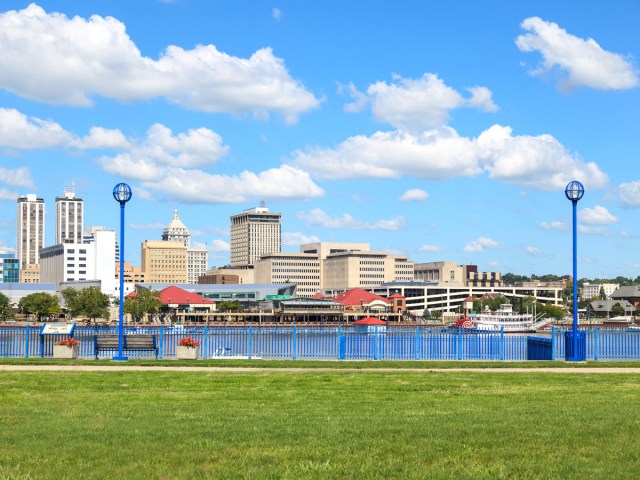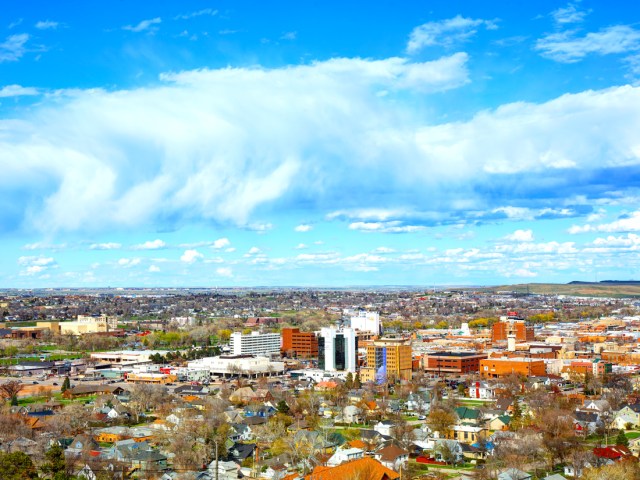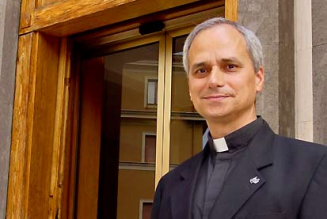America has long been defined by people and communities keen to forge their own independent path. Look no further than its 50 states, which each have a distinct government and cultural identity. While there are still hopes for places like Washington, D.C., or Puerto Rico to join them one day, other proposed states over the centuries have fallen by the wayside. Here are five would-be states from America’s past.
Transylvania

Central Kentucky residents know Transylvania well — and not as the home of Count Dracula. When pioneer Daniel Boone crossed the Cumberland Gap into what is now Kentucky, he established a fort called Boonesborough. He hoped that this would one day be the capital of the 14th state, which was dubbed Transylvania in the 1770s. However, Virginia claimed that they already owned the land and were not willing to let it break away. Congress also wasn’t too keen on the idea, so the proposal was ultimately shelved. Several years later, the region did indeed become a state, but it was named Kentucky. The original name lives on in Transylvania University, founded in 1780 as the first college west of the Allegheny mountains.
Forgottonia

What started as little more than a satirical publicity stunt in the early 1970s turned into a grassroots campaign that helped to draw attention to rural Illinois. Local businessmen in western Illinois were frustrated at the lack of attention their region received from the state government, especially poor investment in transportation. They proposed a new state, appropriately named Forgottonia, comprising 16 counties. The organizers recruited a theater student to be their governor, appointed the small community of Fandon state capital, and proclaimed that they would secede and apply for foreign aid. The movement gained some attention for a short period but fizzled out in 1972. Nevertheless, Amtrak later established a train route through the area, so perhaps Forgottonia wasn’t so forgotten after all.
Texlahoma

Decades before the residents of western Illinois felt forgotten by their representatives, so did folks in the Texas panhandle. By the 1930s, automobiles had become more affordable and were more common on American roads. Cars were especially useful for covering distances in the open spaces of the West, such as Texas and Oklahoma — as long as the areas they passed through had decent infrastructure. Unfortunately, that was sorely lacking in the panhandle of Texas and neighboring western Oklahoma. A proposal for the 49th state (at the time) combined 23 Oklahoma counties and 46 Texas counties into Texlahoma, with the capital in Amarillo.
Residents believed that having their own statehood and legislature would give them better access to improved infrastructure and services. The proposal even earned the support of then-Vice President John Nance Garner. The plan was ultimately dropped, with some suggesting that those proud Texans couldn’t quite bring themselves to give up their Lone Star identity.
Absaroka

In 1939, a street commissioner in Sheridan, Wyoming, named A. R. Swickard declared himself governor of Absaroka, a combined chunk of Wyoming, Montana, and South Dakota. At the time, the Federal Writers’ Project was sending journalists across the country in search of local color, and so what might have remained a little-known local oddity captured the national imagination.
Although the proposal for statehood never reached any of the state legislatures involved, a Miss Absaroka beauty pageant did take place, and Absaroka license plates were produced. Organizers even claimed a royal visit when the King of Norway happened to be in Montana. Ranchers and farmers in the region might have latched onto the proposal, especially given recent droughts and a lack of federal aid, but with war breaking out overseas, their attention quickly turned to patriotism. By the time of the attack on Pearl Harbor in 1941, the idea of secession and the future of Absaroka had faded entirely. If not for that, visitors to Mount Rushmore might have found themselves in the state of Absaroka instead of South Dakota.
Jefferson

If you are wondering why there is not a state named after Founding Father Thomas Jefferson, it isn’t for lack of trying. There have been four attempts to establish one over the years. In 1859, a group of miners proposed the Jefferson Territory in western Kansas, which later became Colorado. Two Jeffersons have also been suggested on different occasions in Texas, while the fourth was in Northern California. As in the case of Absaroka, talks of these proposed states halted after the outbreak of World War II.
Nevertheless, there are still some residents of northern California and southern Oregon who hold out hope for a breakaway state named Jefferson, with Redding as the state capital. There’s even a Jefferson flag depicting a gold mining pan on a field of green with two X-es on the pan that symbolize abandonment of their current states.










